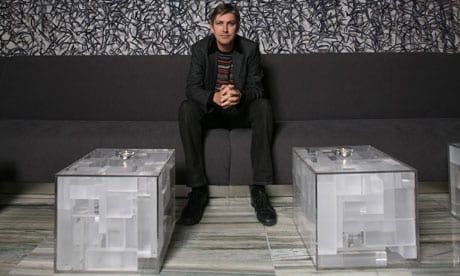 When it comes to thinking about creativity, my mind often lands on this truth: nothing is original, everything is unique.
When it comes to thinking about creativity, my mind often lands on this truth: nothing is original, everything is unique.
All that we create is in some way based on another idea that inspired us; the fire resulting from some igniting spark. We certainly don’t create in a vacuum. Yet everything we create is inherently different from the sparks that came before it; new fires lit from old embers.
The Adjacent Possible
Steven Johnson proposes a theory behind the physics of creative ideas: The Adjacent Possible. Johnson describes the Adjacent Possible as “the premise that innovation prospers when ideas can serendipitously connect and recombine with other ideas.”
In a 2010 Wall Street Journal article about the Adjacent Possible, Johnson explained how good ideas are:
“…inevitably constrained by the parts and skills that surround them. We have a natural tendency to romanticize breakthrough innovations, imagining momentous ideas transcending their surroundings, a gifted mind somehow seeing over the detritus of old ideas and ossified tradition. But ideas are works of bricolage. They are, almost inevitably, networks of other ideas. We take the ideas we’ve inherited or stumbled across, and we jigger them together into some new shape.”
Ideas that spark the imagination are often adaptations of existing concepts, triggered by new connections, recombinations and original thought. To start new fires, think along these lines:
- Challenge pre-existing viewpoints – it’s easy to adopt the status quo. But venturing down this route leaves little opportunity for the Adjacent Possible. Recruit different types of thinkers to your team. Bring in an external voice to provide a fresh perspective.
- Look outside your category – Look at case studies outside of your own sector. Sometimes, the most radical cases and the more unrelated the examples, the better.
- Be ready to fail – as Johnson himself highlights in his book, most ideas, when combined, will fail. We won’t know this until we try. So to truly innovate, it is vitally important to be ready to fail.
- Don’t look too far ahead– When we think about innovation, many of us think flying cars and time travel. The Adjacent Possible suggests that the innovations most likely to succeed are the ones that are closer to where we are at present. It is better to create something that is based on a pre-existing model that works than to try and invent something that might work in 10-20 years but will leave today’s consumers stumped.
Next time you are searching for an “original” idea, remember creativity doesn’t happen in a vacuum. Think of the Adjacent Possible and let your own creative fires be sparked by the great work of others.


